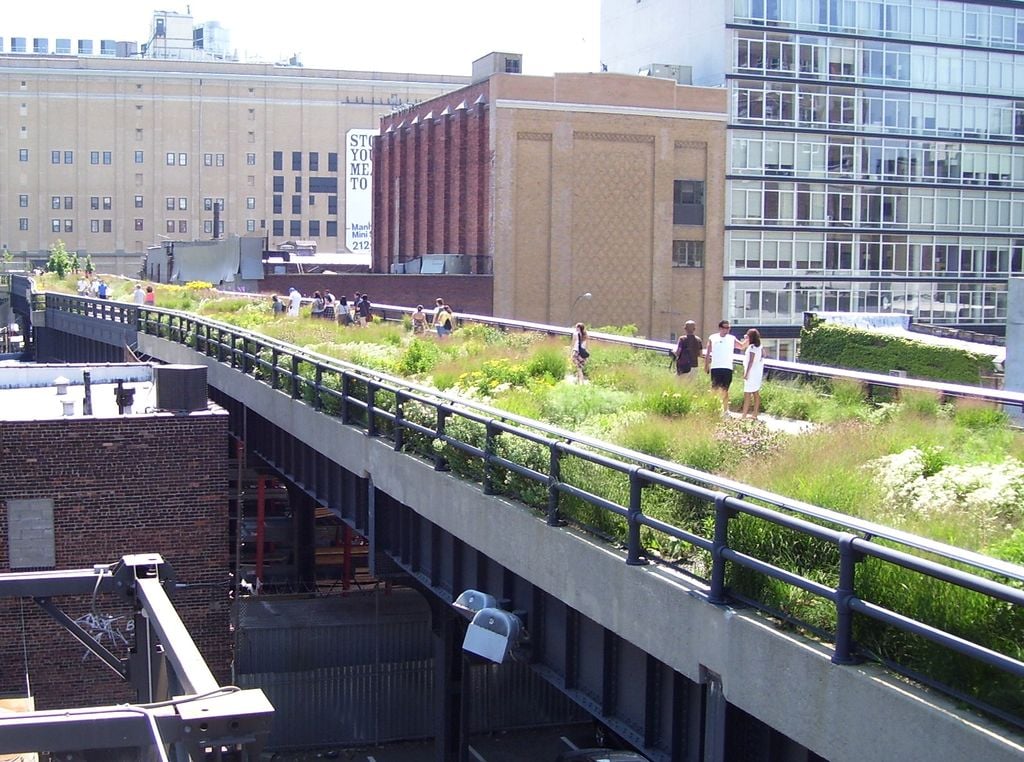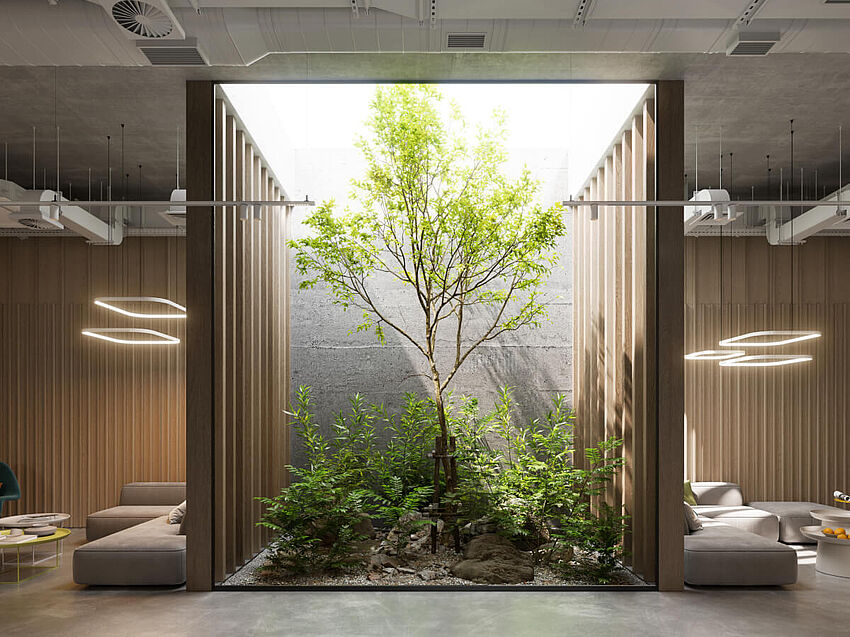As part of advancing urbanization, cities are becoming more and more dense, which is resulting in increased sealing of open and green areas. At the same time, the pollutant emissions are increasing, which in turn is making green spaces that filter these pathogens out of the air indispensable. It is a dilemma between health and the need for living space. What can be done so that more people does not mean more people getting sick? We have already reported on the advantages of building greening in this context. The following will describe another increasingly popular form of surface development for green living, which also makes use of vertical surfaces. We're talking about a special kind of parks.

Infrastructure is not always built for eternity. Sometimes it is replaced by new structures at some point or it is no longer needed. But instead of simply tearing down these relics of transport, many cities are now discovering the potential of no longer used elevated railway lines and elevated roads for green spaces and recreational areas. They not only give the vital green areas back to urban regions, but also add tremendous value to the district through which they run. One established term for these is often "elevated parks." It's possible that the term "high line park" may prevail here after the most famous example of its kind.
New York: "If I can make it there, I’ll make it anywhere."
The actual "High Line Park", or simply just "High Line," is located in New York City. The 2.33 km former elevated highway in Chelsea, West-Manhattan, between Gansevoort Street and 34th Street, was converted into a recreational area between 2006 and 2014 in three phases (phase one and two were opened in 2009 and 2011) and is now one of the most popular tourist attractions of New York. For Chelsea, this also entailed tremendous appreciation and various investments.
The huge success of the High Line in New York has triggered a veritable avalanche of imitators. The "High Line Network" of the former initiators of the park thus lists 11 other similar projects in the US and Canada alone. The real pioneer for such parks has already existed for 20 years longer. However the famous words of Frank Sinatra, "If I can make it there, I'll make it anywhere" apply only to New York - and not to Paris.

The pioneer: Coulée verte René-Dumont
That's right. The real prototype and model for the High Line Park in New York is found in the French capital and was already inaugurated in 1993. The Coulée verte René-Dumont, formerly Promenade plantée, is located in the 12th arrondissement and runs for more than 4.7 km on the Viaduc des Arts between the Opéra Bastille and the Square Charles Péguy. In addition to a bed planting similar to the High Line, the "green strip" developed by the architect Patrick Berger and the landscape architects Philippe Mathieux and Jacques Vergely impresses with numerous pergolas and arcs on which roses, for example, are entwined.

Flower Bucket on the Highway: Seoullo 7017
The "Seoullo 7017" in, yes, Seoul, that was opened in May 2017 shows that it doesn't always have to be a railway line that is no longer in use. This is a roughly one-kilometer long former connection ramp of the city's highway that has already been in disuse for some time due to severe structural damage. However, the difference to the parks in Paris and New York does not lie in the original use of the new park. While the planting is in fixed beds there, the leading architectural firm MVRDV in Seoul used different sized bucket beds. At night, they are atmospherically staged with the help of color LED lighting.
Conclusion
The reuse of disused infrastructure as parks is definitely a positive thing, since they create space for important greenery where it is needed the most, while at the same time creating recreational areas. In this way, they offer new space for people and plants. Due to the good visibility, the proximity to adjacent buildings and not least the high through traffic, they are safer than other parks to boot. The crimes committed on the High Line, for example, tend to be virtually non-existent.
The success of a High Line Park, however, can also have ugly sides: In now gentrified Chelsea, many of the people who were once crucial to making the park become reality can no longer afford the rents. A majority of the residents do not even use the park that was once intended to beautify the district, because they have the feeling that it was not made for them.
![© By Beyond My Ken (Own work) [GFDL (http://www.gnu.org/copyleft/fdl.html) or CC BY-SA 4.0-3.0-2.5-2.0-1.0 (https://creativecommons.org/licenses/by-sa/4.0-3.0-2.5-2.0-1.0)], via Wikimedia Commons High Line Parks](/fileadmin/_processed_/7/b/csm_1024px-High_Line_20th_Street_looking_downtown_39339c304d.jpg)



